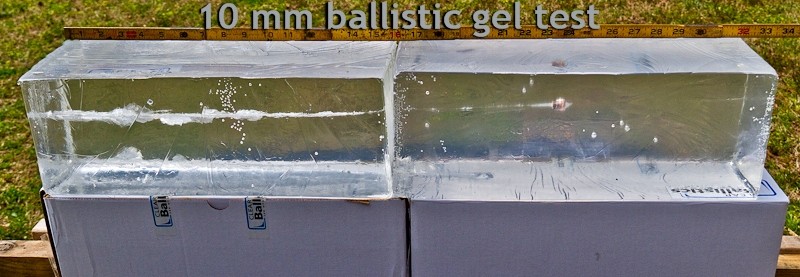

Local armed conflicts of recent decades around the world are characterized by the use of hollow point (HP) bullets, which is another challenge for military surgeons.

This review identifies key inconsistencies within the literature, the risk associated with survivability assessment, and potential solutions to the issues identified within, with outcomes showing that the current methodologies for survivability assessment do not align with the wider UK government ambition of being Net Zero by 2050 unless changes are made. Further, limited information is available on the environmental impact of ‘1 shot’ items, such as ballistic gelatine, which has become a well-known and widely accepted material for survivability assessment. Procedurally, every researcher manufactures the gelatine differently, which, when combined with a lack of calibration procedures, can cause inconsistencies in output data, and additional concerns exist surrounding the repeatability of re-mouldable simulants, such as Perma-Gel®. However, gaps in the literature exist that have identified a difference in material characterisation. In the 21st century and with more ethical ways of working being employed, the use of soft tissue analogues to undertake ballistic testing has become routinely accepted. Traditionally, human cadavers and porcine tissue have been used as means to replicate elements of the human body however, because of the differences in biomechanical properties from the porcine limbs/organs and the potential for degradation of mechanical properties caused by ageing, they do not provide accurate material for either lethality or survivability assessment. clothing, personal protective equipment (PPE)) can affect the resulting wound profiles. Key messages are that test variables, projectile type (bullet, fragmentation), impact site on the body and intermediate layers (e.g. This paper aims to provide an overarching review of the use of gelatine for wound ballistics studies it is not intended to provide an extensive review of wound ballistics as that already exists, e.g.

Research areas that use gelatine blocks are diverse and include ammunition designers, the medical and forensics communities and designers of ballistic protective equipment (including body armour). One set of researchers aim to improve the lethality of the projectile, and the other to understand the effects of the projectile on the body to improve survivability. The gelatine is used to visualise the temporary and permanent wound profiles elements of which are recognised as providing a reasonable approximation to wounding in humans. comparison of ammunition effects using a material that it is assumed represents (some part of) the human body. Blocks of gelatine are used in both lethality and survivability studies for broadly the same reason, i.e.


 0 kommentar(er)
0 kommentar(er)
